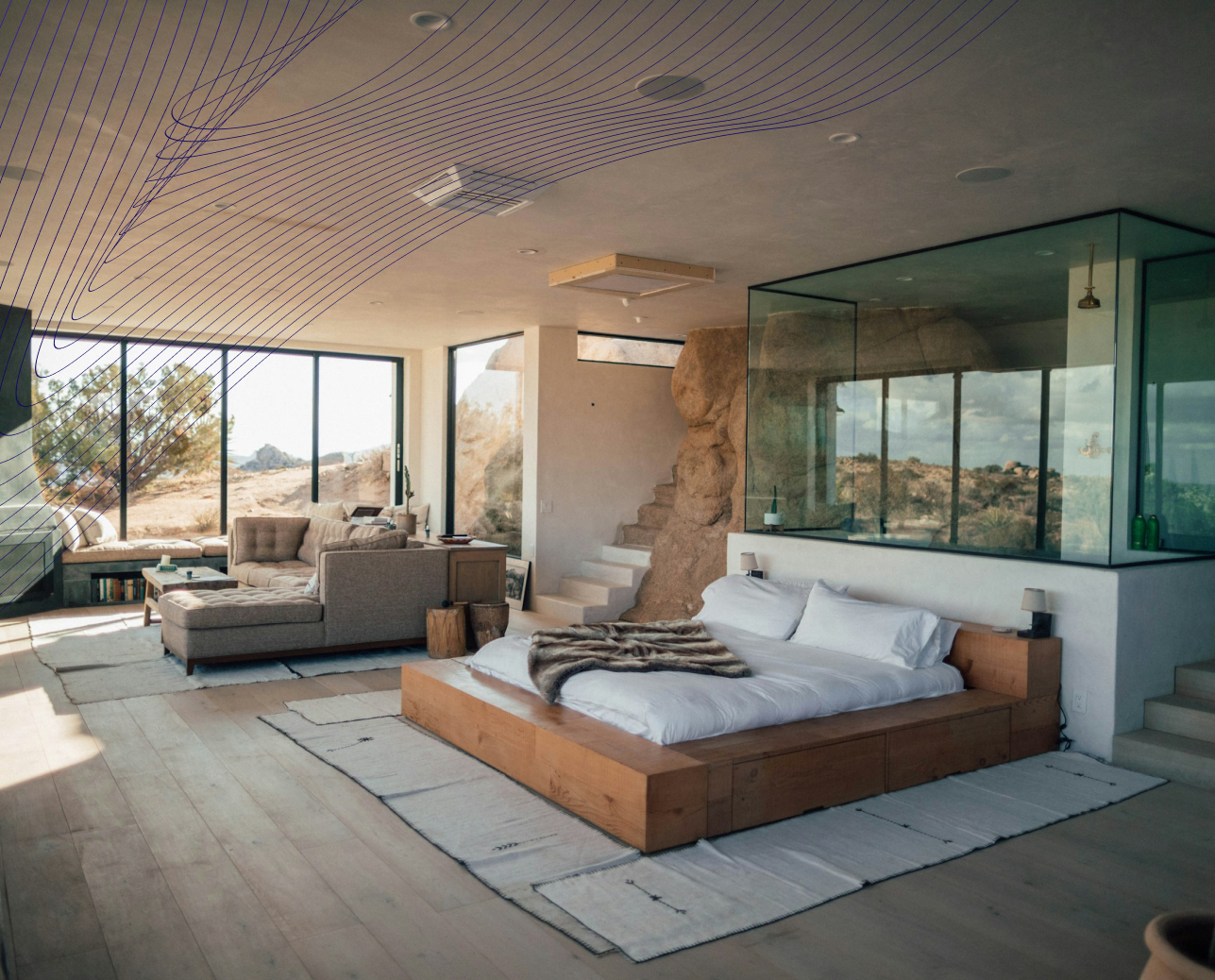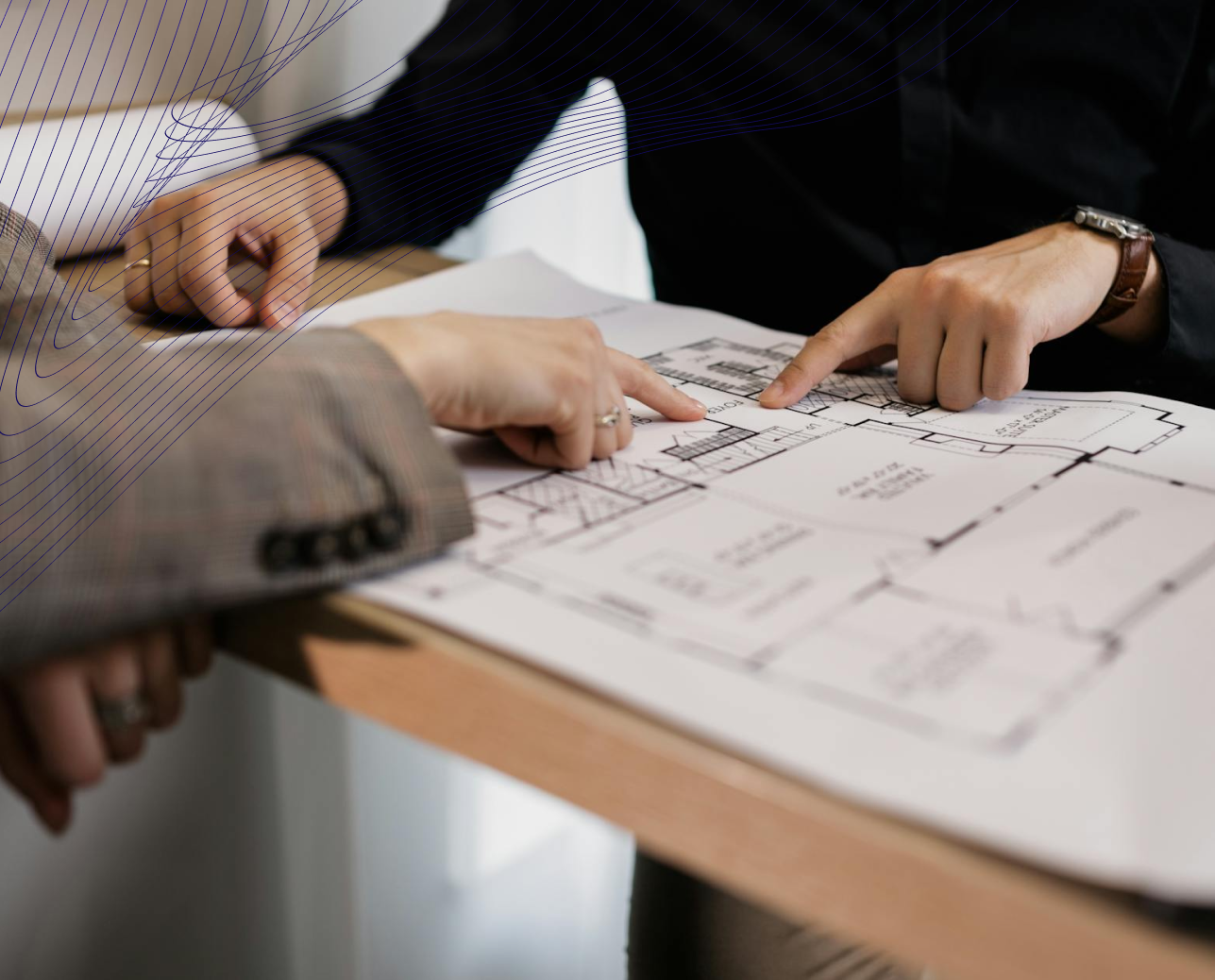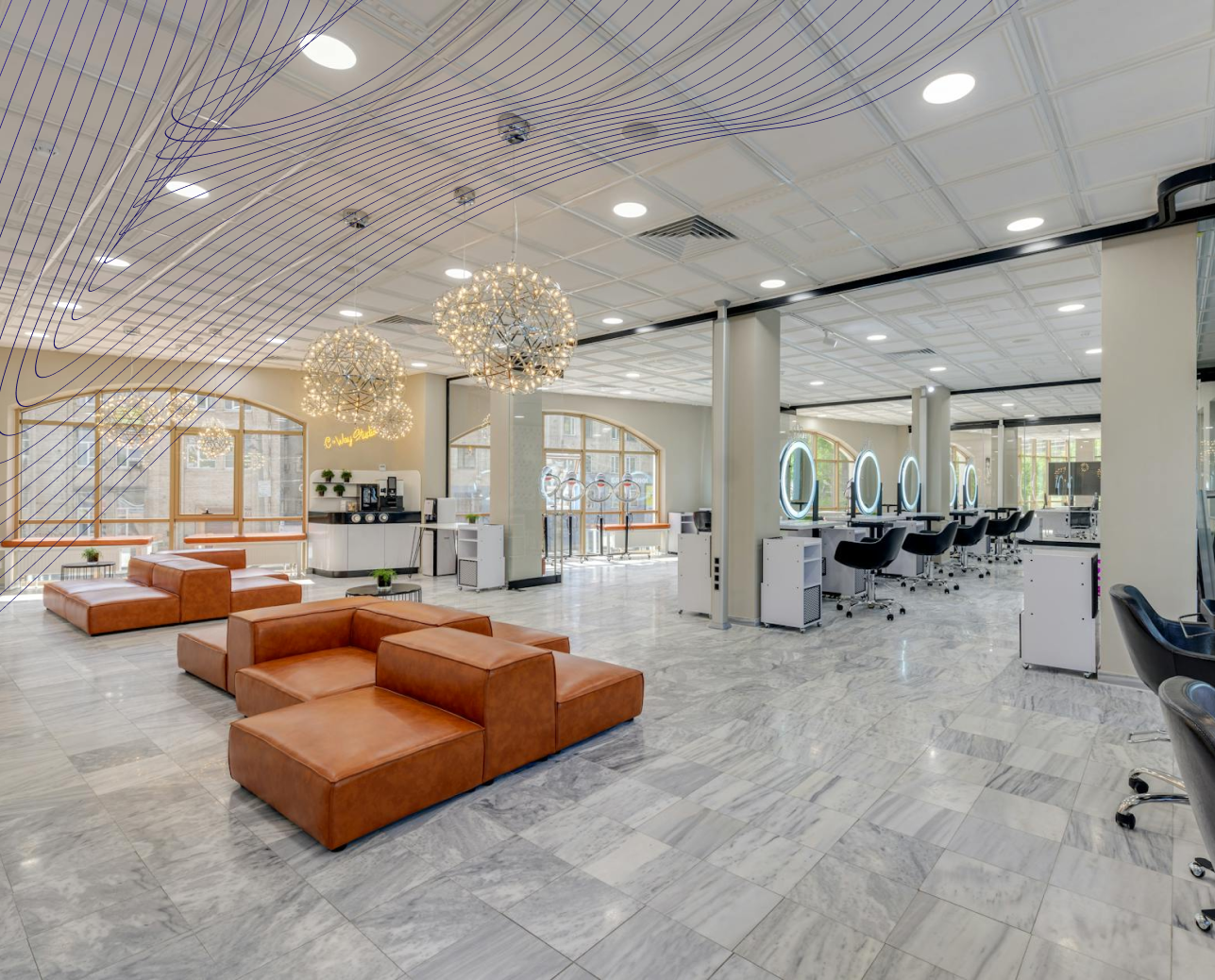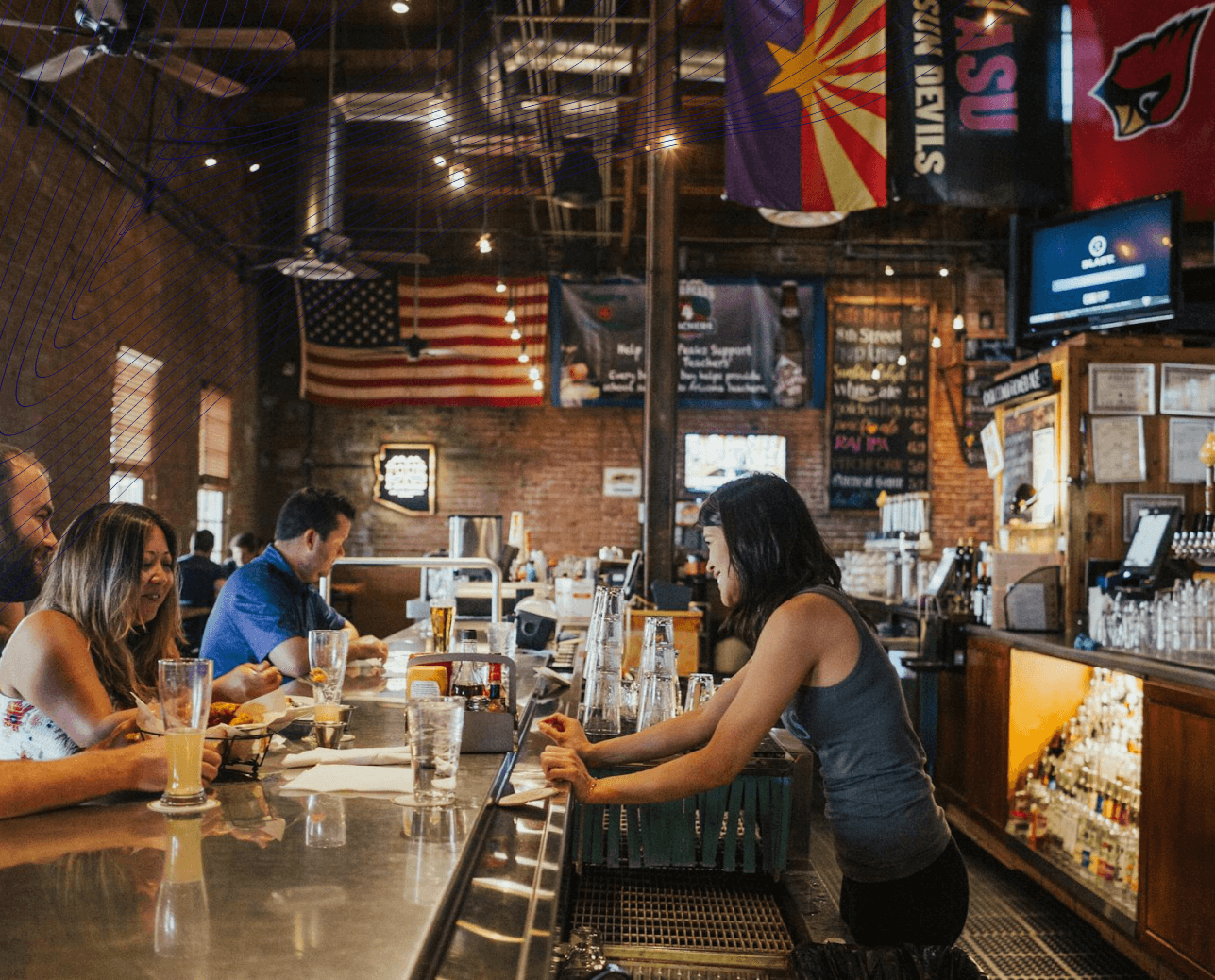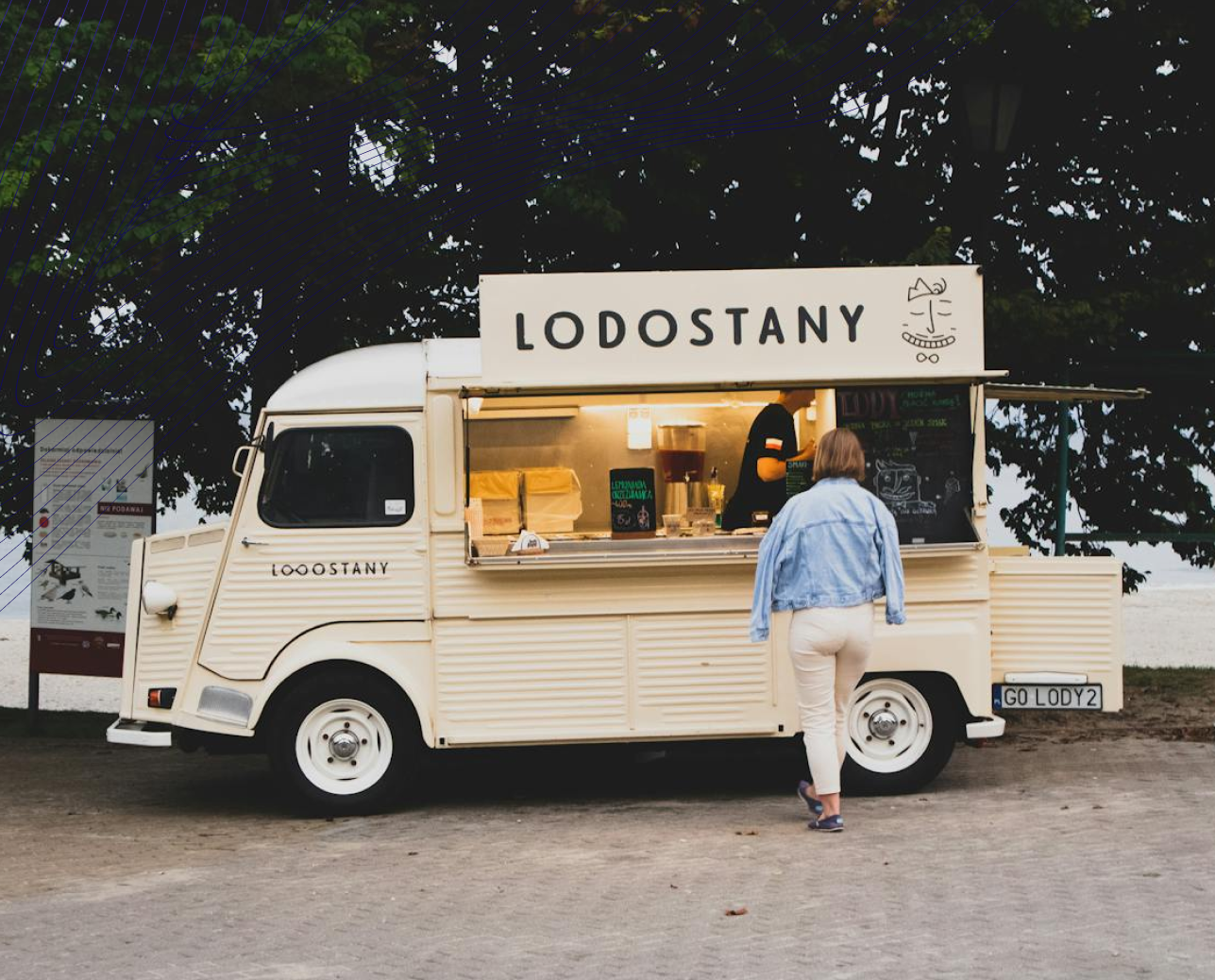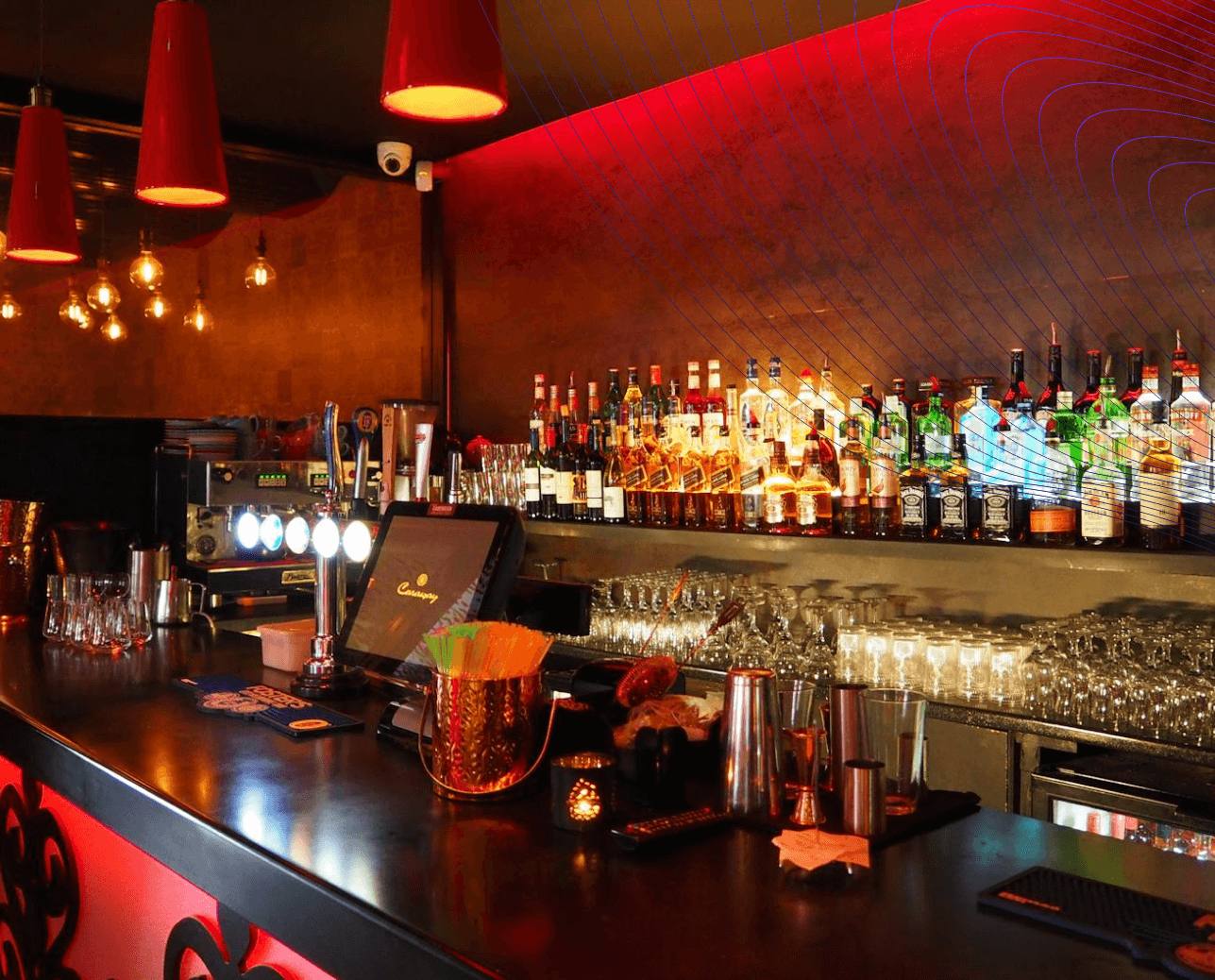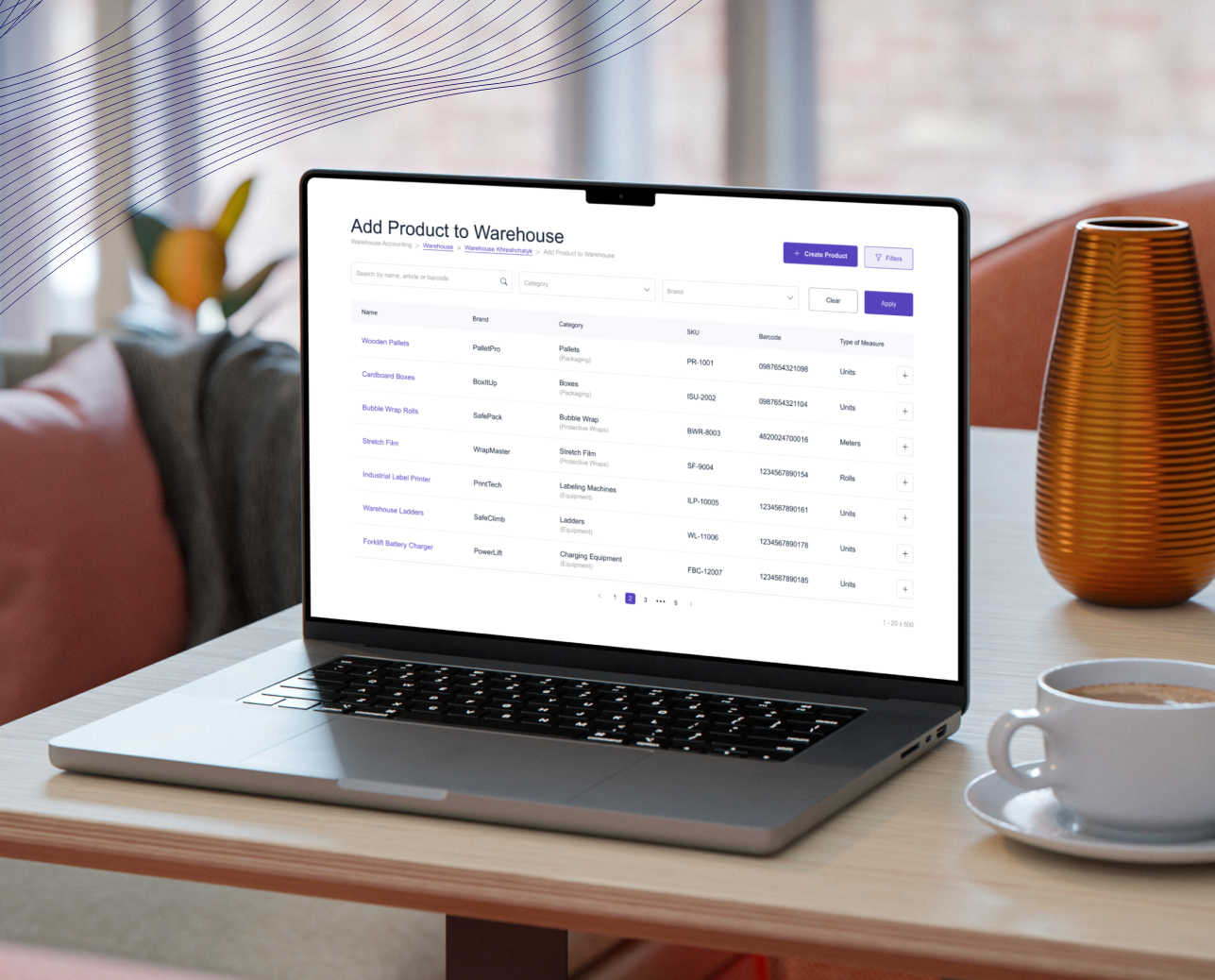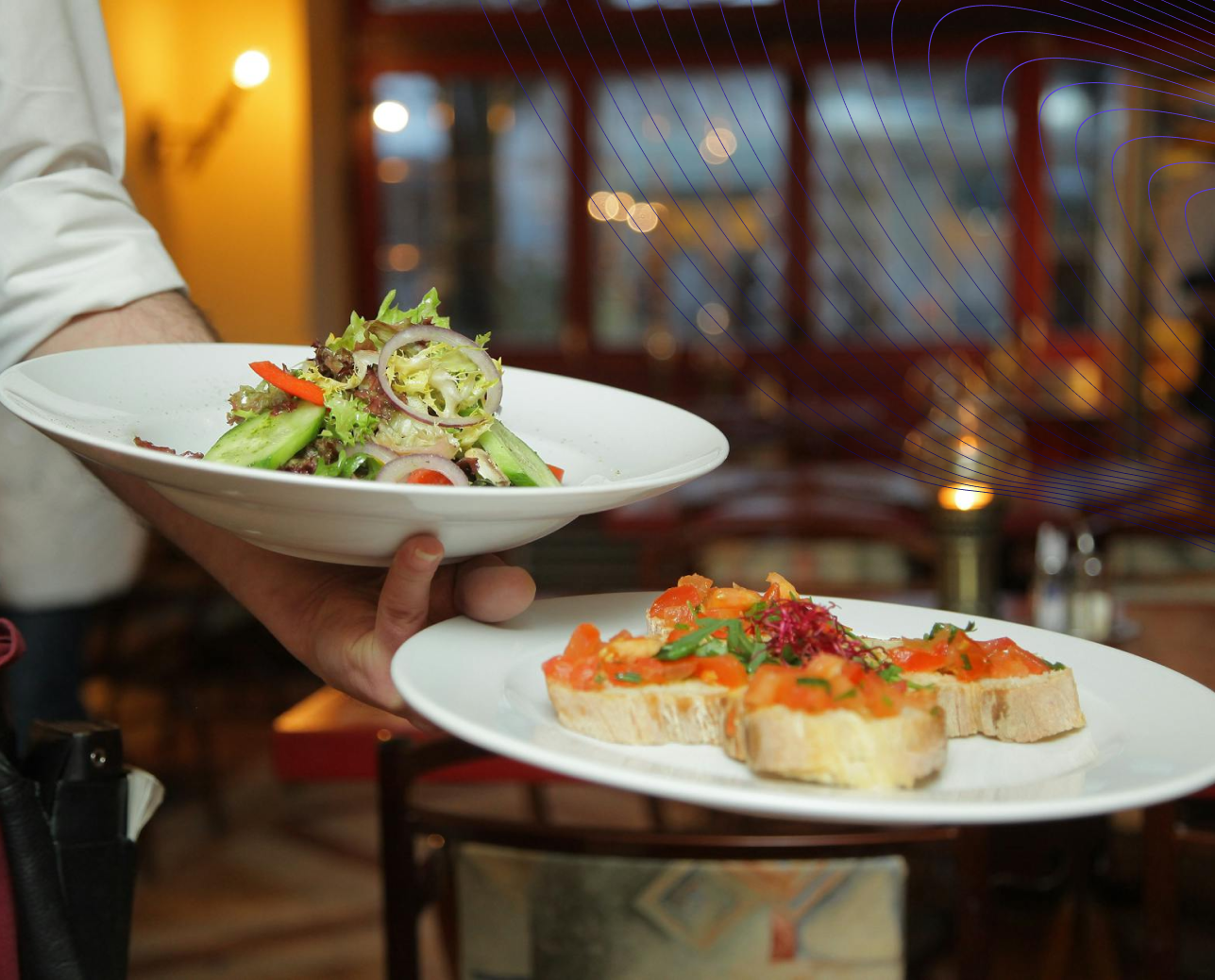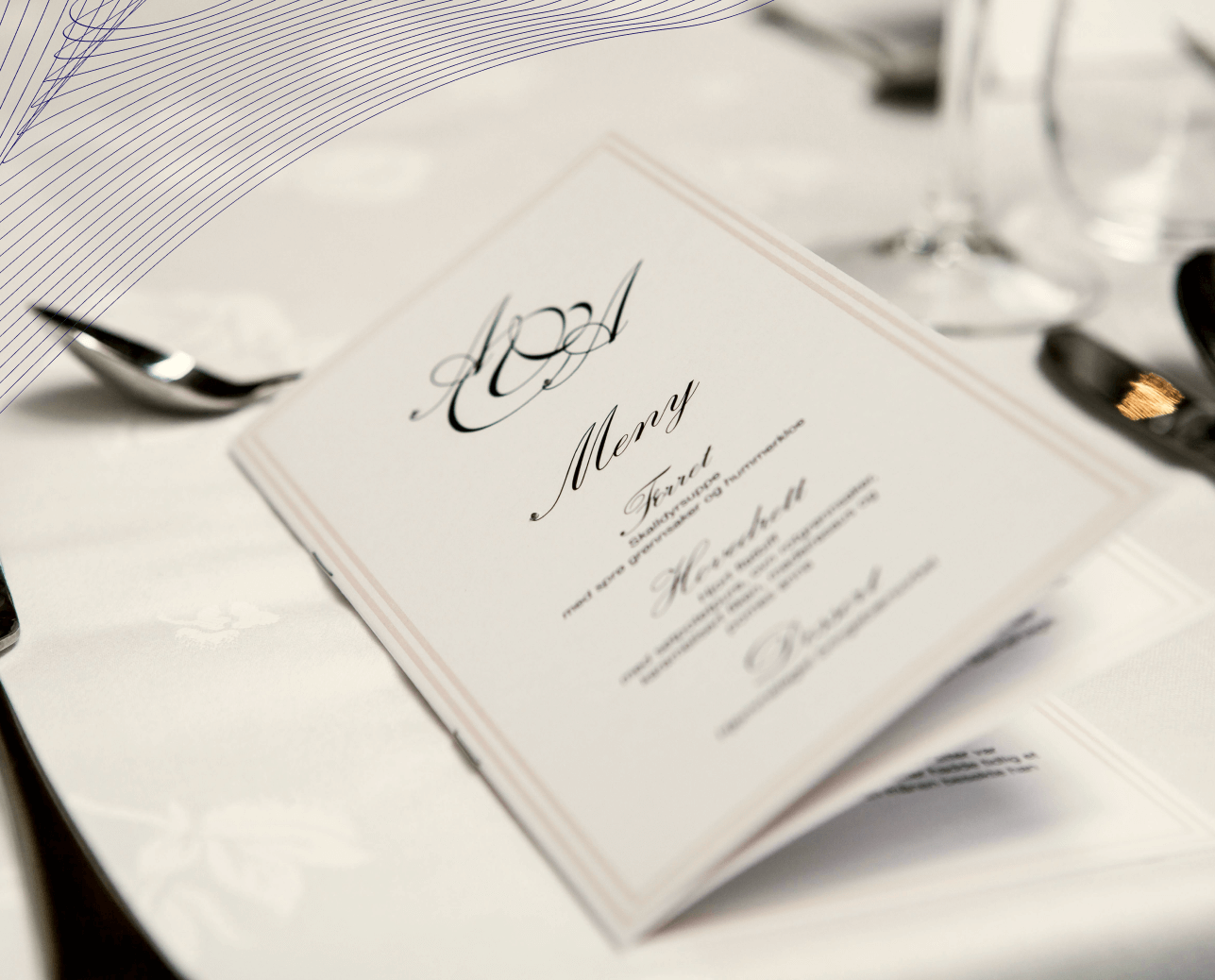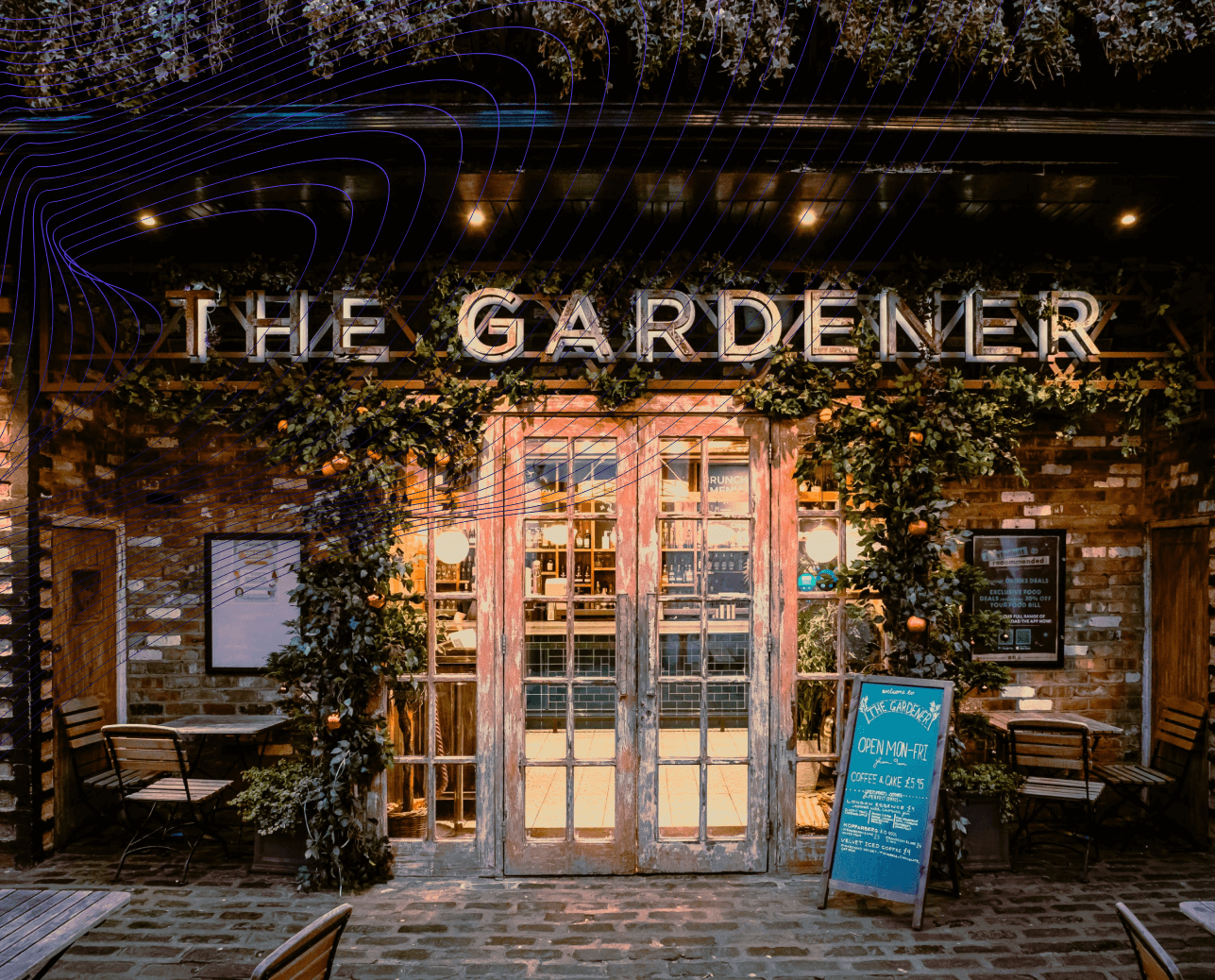Quy hoạch mặt bằng nhà hàng : Chiến lược sử dụng không gian tối ưu
Thiết kế mặt bằng nhà hàng là một trong những bước quan trọng nhất để xây dựng một doanh nghiệp thịnh vượng. Không chỉ là sắp xếp bàn ghế—mà còn là tạo ra một không gian hoạt động liền mạch cho cả khách hàng và nhân viên. Cho dù bạn đang làm việc với một quán cà phê nhỏ gọn hay một địa điểm ăn uống sang trọng lớn, thì mặt bằng nhà hàng của bạn phải phản ánh mục tiêu của bạn đồng thời đảm bảo hiệu quả và sự thoải mái.
Hướng dẫn này kết hợp các ví dụ thực tế và thông tin chi tiết hữu ích để giúp bạn thiết kế bố cục phù hợp với nhu cầu riêng của nhà hàng.

Tổng quan chung về mặt bằng nhà hàng
Bản vẽ mặt bằng của một nhà hàng đặt nền tảng cho cách khách hàng tương tác với không gian và cách nhóm của bạn hoạt động hiệu quả như thế nào. Ví dụ, hãy tưởng tượng một quán ăn đông đúc với những chiếc bàn chật cứng, tạo ra sự hỗn loạn không cần thiết cho nhân viên. Bây giờ, hãy so sánh với một bố cục được thiết kế tốt, nơi các lối đi giữa bếp, bàn và phòng vệ sinh được thông thoáng. Sự khác biệt nhỏ này có thể tạo nên hoặc phá vỡ thành công của nhà hàng bạn.
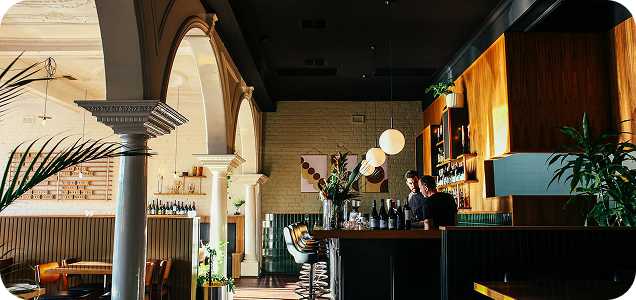
Thiết lập luồng phù hợp với ý tưởng thiết kế mặt bằng nhà hàng
Để thiết kế một bố cục sàn nhà hàng tuyệt vời, hãy bắt đầu với ý tưởng của bạn. Bạn đang xây dựng một không gian thân thiện với gia đình hay một quán cà phê đô thị sang trọng? Ví dụ, một quán cà phê có thể bao gồm các góc với ghế bành ấm cúng, trong khi một nhà hàng ăn uống bình dân có thể ưu tiên chỗ ngồi mở. Các sơ đồ mặt bằng nhà hàng hiệu quả cũng bao gồm các khu vực rõ ràng cho khu vực chờ, không gian ăn uống và quy trình làm việc của nhân viên.
Bản thiết kế là người bạn tốt nhất của bạn trong giai đoạn lập kế hoạch. Bằng cách tạo bản thiết kế chi tiết cho một nhà hàng, bạn có thể thử nghiệm các cách sắp xếp khác nhau cho đồ nội thất, trạm dịch vụ và đồ trang trí. Ví dụ, một nhà bếp mở có thể được đặt gần khu vực ăn uống để nâng cao trải nghiệm của khách hàng. Mặt khác, việc đặt phòng vệ sinh xa các khu vực có lưu lượng truy cập cao có thể cải thiện lưu lượng.

Lợi ích thực tế của một bản thiết kế mặt bằng chu đáo
Việc lập kế hoạch cho luồng hoạt động của nhà hàng rất quan trọng để nhân viên phục vụ có thể di chuyển hiệu quả đến hệ thống POS của nhà hàng. Bằng cách bố trí hệ thống POS một cách chiến lược, bạn đảm bảo hoạt động trơn tru hơn và dịch vụ nhanh hơn, cuối cùng nâng cao trải nghiệm ăn uống tổng thể.
Hãy đảm bảo rằng Me-Pos Online Booking đáp ứng được nhu cầu và yêu cầu của bạn trước khi đưa ra quyết định cuối cùng.
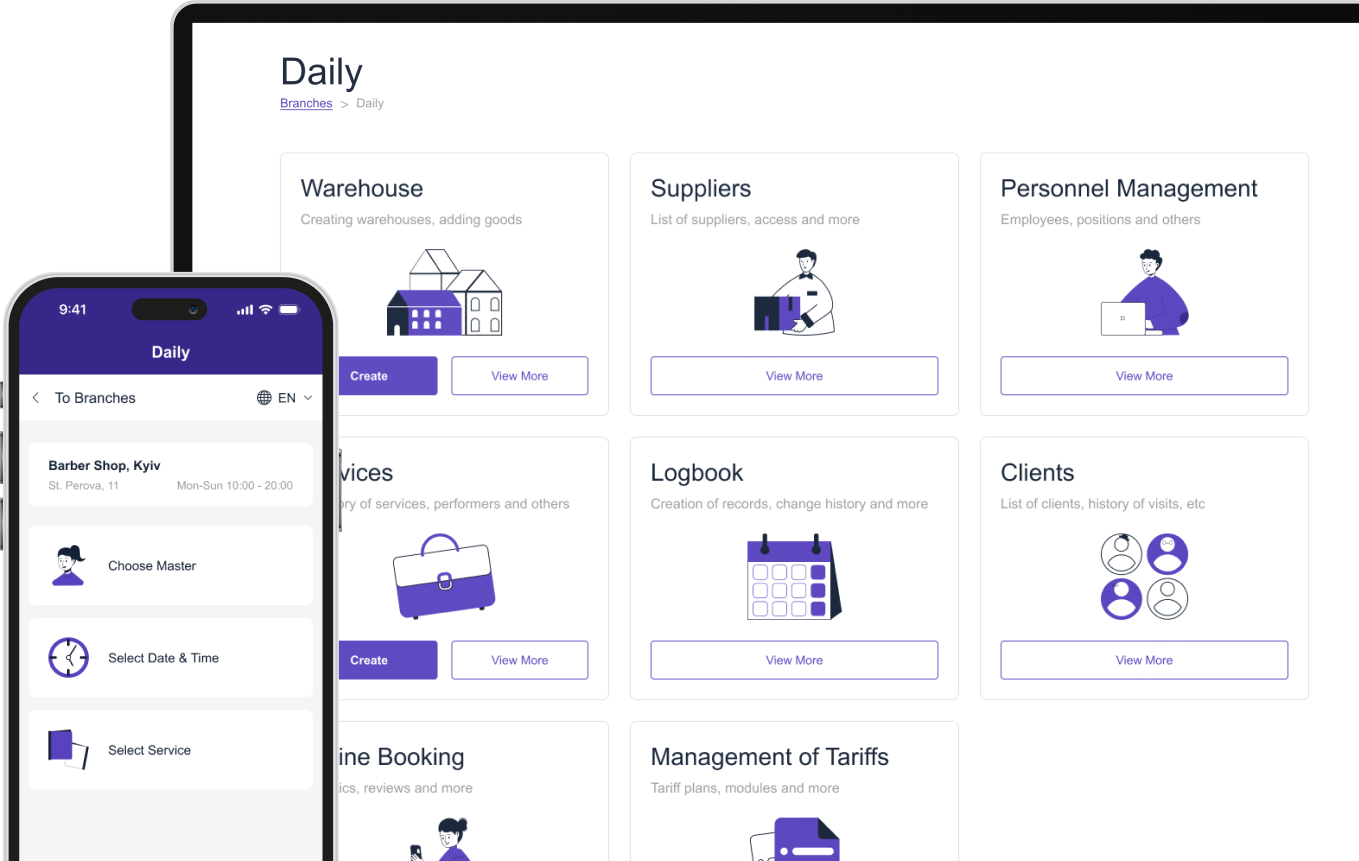
Tận dụng tối đa cách bố trí nhà hàng nhỏ
Không gian nhỏ hơn thường đòi hỏi phải lập kế hoạch thông minh hơn. Bố trí nhà hàng nhỏ không phải là thỏa hiệp về chất lượng mà là sử dụng không gian một cách sáng tạo. Hãy nghĩ đến một cửa hàng mì ramen chỉ có 500 feet vuông (khoảng 46 m²). Bằng cách đặt chỗ ngồi trên quầy dọc theo các bức tường và một chiếc bàn chung duy nhất ở giữa, bạn có thể tối đa hóa chỗ ngồi trong khi vẫn giữ lối đi thông thoáng cho cả khách hàng và nhân viên.

Giải quyết những thách thức thường gặp trong không gian nhỏ
Không gian nhỏ có những vấn đề riêng, nhưng chúng có thể được giải quyết bằng các chiến lược chu đáo. Sau đây là cách tiếp cận các vấn đề phổ biến:
Bằng cách áp dụng các giải pháp này, ngay cả những không gian nhỏ nhất cũng có thể mang lại cảm giác tiện dụng và chào đón.
Thiết kế một kế hoạch bố trí nhà hàng nhỏ thực tế
Một bản thiết kế mặt bằng nhà hàng nhỏ được cân nhắc kỹ lưỡng có thể tập trung vào việc tối đa hóa luồng không khí. Ví dụ, một tiệm bánh pizza nhỏ có thể hưởng lợi từ một nhà bếp mở đóng vai trò như một điểm thu hút thị giác đối với khách hàng. Tương tự như vậy, một quán rượu có thể sử dụng những chiếc bàn nhỏ gọn gần cửa sổ để tạo cảm giác không gian rộng rãi hơn. Một bản thiết kế nhà hàng nhỏ mạnh mẽ sẽ ưu tiên các yếu tố này trong khi vẫn duy trì sự thoải mái và chức năng.
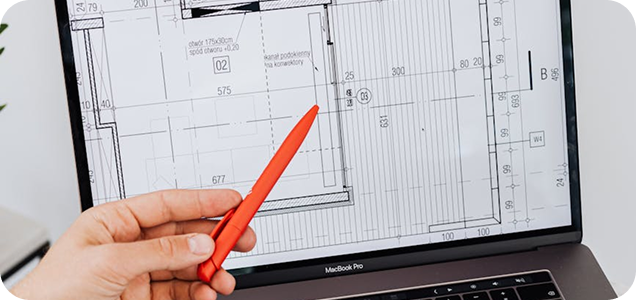
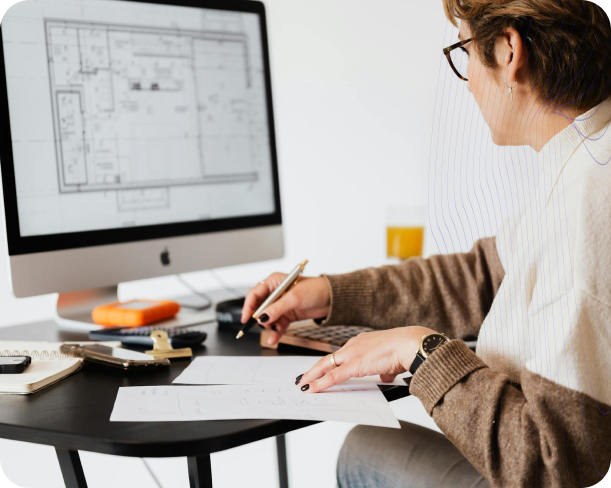
Các tùy chọn bố trí đơn giản và cơ bản cho nhà hàng
Bố cục nhà hàng đơn giản tập trung vào hiệu quả và tính thực tế. Các công ty khởi nghiệp hoặc các doanh nghiệp có ngân sách hạn hẹp thường thích bố cục này vì chúng dễ triển khai và quản lý. Nhưng đơn giản không có nghĩa là nhàm chán. Chỉ cần một vài điểm nhấn sáng tạo, bạn có thể tạo ra một không gian chào đón mà khách hàng yêu thích.
Hãy xem xét một cửa hàng bánh sandwich với thiết lập quầy phục vụ đơn giản. Một mặt bằng nhà hàng đủ đơn giản để bao gồm một khu vực chuẩn bị nhỏ, một trạm đồ uống tự phục vụ và chỗ ngồi để phục vụ nhanh là hoàn hảo. Một ví dụ khác có thể là một quán ăn sáng với quầy phục vụ trung tâm và chỗ ngồi ở các cạnh.
Mục tiêu của bố cục nhà hàng cơ bản là ưu tiên chức năng trong khi vẫn để chỗ cho sự linh hoạt. Đồ nội thất dạng mô-đun có thể giúp dễ dàng sắp xếp lại chỗ ngồi cho các nhóm hoặc sự kiện có quy mô khác nhau. Một sơ đồ mặt bằng nhà hàng cơ bản cũng có thể bao gồm các yếu tố như ghế xếp chồng và bàn gấp để có thêm khả năng thích ứng.
Khám phá cách bố trí nhà hàng chuyên biệt và hiện đại
Bố cục nhà hàng hiện đại đưa không gian của bạn lên một tầm cao mới bằng cách kết hợp phong cách, công nghệ và hiệu quả. Ngày nay, khách hàng mong đợi nhiều hơn là chỉ đồ ăn ngon—họ muốn có trải nghiệm. Bố cục hiện đại đáp ứng những mong đợi này bằng cách cung cấp những nét độc đáo giúp nhà hàng của bạn nổi bật.

Bố cục hiện đại nâng cao trải nghiệm của khách hàng như thế nào
Hãy nghĩ đến một nhà hàng sushi nơi các đầu bếp làm việc ở trung tâm không gian, xung quanh là thực khách. Kiểu bố trí này không chỉ tối ưu hóa luồng mà còn tạo ra trải nghiệm ăn uống đáng nhớ. Tương tự như vậy, bố trí nhà hàng ăn uống cao cấp có thể bao gồm các gian hàng riêng với ánh sáng mờ và đồ trang trí sang trọng để mang đến bầu không khí thân mật.
Đối với các quán ăn bình dân, việc tích hợp công nghệ có thể nâng cao không gian của bạn. Một bản thiết kế nhà hàng mẫu cho một quán cà phê hiện đại có thể bao gồm các ki-ốt tự gọi món, trạm sạc di động và vật liệu thân thiện với môi trường để thu hút khách hàng am hiểu công nghệ.
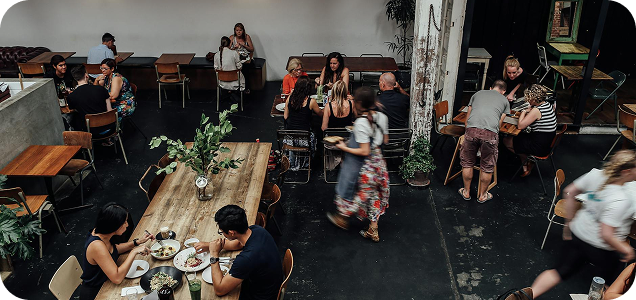
Ví dụ thực tế về cách bố trí nhà hàng
Hãy tưởng tượng một quán bar tapas nơi những chiếc bàn chung khuyến khích tương tác xã hội, trong khi những quầy cao xung quanh chu vi cung cấp cho những thực khách đi một mình không gian riêng. Sự kết hợp các lựa chọn chỗ ngồi này làm cho nhà hàng trở nên linh hoạt, đáp ứng sở thích khác nhau của khách hàng trong khi vẫn đảm bảo hiệu quả.
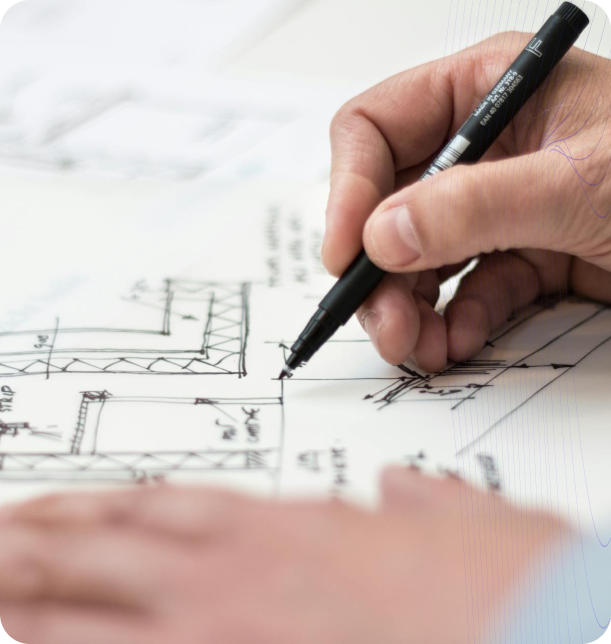
Làm thế nào để tạo ra một mặt bằng nhà hàng hiệu quả
Thiết kế mặt bằng nhà hàng trông tuyệt vời và hoạt động trơn tru đòi hỏi một cách tiếp cận có hệ thống. Đó là tìm ra sự cân bằng phù hợp giữa thiết kế, chức năng và tính thực tế. Sau đây là cách thực hiện:
- Đo và lập bản đồ không gian của bạn. Bắt đầu bằng cách đo chính xác nhà hàng của bạn và đánh dấu các yếu tố cố định như tường và cửa.
- Xác định các khu vực chính trong nhà hàng. Phân bổ các khu vực cho khu vực ăn uống, bếp, phòng vệ sinh và kho. Ví dụ, một cửa hàng bán bánh taco có thể dành một nửa không gian cho bếp và dịch vụ quầy, để lại một nửa còn lại cho chỗ ngồi.
- Kiểm tra luồng. Hình dung cách nhân viên sẽ di chuyển từ bếp đến khu vực ăn uống và cách khách hàng sẽ di chuyển trong không gian. Lối đi rộng rãi, thông thoáng là điều cần thiết để giảm tắc nghẽn.
- Thử nghiệm với các bố cục. Tạo nhiều tùy chọn bằng các công cụ như giấy kẻ ô vuông hoặc phần mềm thiết kế kỹ thuật số. Kiểm tra chúng với ý kiến của nhân viên để tìm ra cách sắp xếp thực tế nhất.
- Tinh chỉnh và lặp lại. Triển khai kế hoạch của bạn, nhưng hãy sẵn sàng điều chỉnh dựa trên phản hồi từ nhân viên và khách hàng.
Một bố cục được cân nhắc kỹ lưỡng sẽ đảm bảo nhà hàng của bạn hoạt động trơn tru, để lại ấn tượng lâu dài cho khách hàng.
Phần kết luận
Thiết kế mặt bằng nhà hàng là tạo ra một không gian nơi mọi thứ hoạt động hài hòa. Cho dù đó là một quán cà phê nhỏ, nhộn nhịp hay một không gian ăn uống hiện đại, bóng bẩy, thì cách bố trí đều tác động đến mọi khía cạnh của trải nghiệm của khách hàng và nhân viên. Với sự lập kế hoạch đúng đắn, từ cách bố trí nhà hàng đơn giản đến cách bố trí nhà hàng hiện đại sáng tạo, bạn có thể biến tầm nhìn của mình thành hiện thực thịnh vượng.
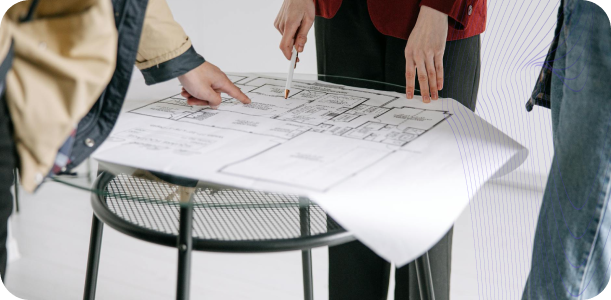
Bài viết này có hữu ích không?
Nhấp vào một ngôi sao để đánh giá!
Cảm ơn bạn đã bỏ phiếu!

Xếp hạng trung bình: 5/5 Lượt bỏ phiếu: 1
Hãy là người đầu tiên đánh giá bài viết này!
Tiếp theo
Giày chống trượt tốt nhất cho nhà hàngTiếp theo
Làm thế nào để đặt tên cho một nhà hàng?Tiếp theo
Làm thế nào để mở một tiệm bánh?Tiếp theo
Làm thế nào để mở một quán cà phê?Xem thêm
Bài viết liên quan
Giày chống trượt tốt nhất cho nhà hàng
Trong môi trường bận rộn của một nhà hàng, sự an toàn và thoải mái là tối quan trọng đối với sức khỏe của người lao động. Giày chống trượt trong ngành...
Hệ thống quản lý kho là gì: Tất cả những gì bạn cần biết
Trong bối cảnh chuỗi cung ứng và hậu cần đang phát triển nhanh chóng, quản lý kho hiệu quả đã trở thành nền tảng cho thành công của doanh nghiệp. Khi ...
Làm chủ việc giữ chân khách hàng: Làm thế nào để tạo chương trình khách hàng thân thiết?
Giữ chân khách hàng là khả năng của công ty trong việc giữ chân khách hàng trong một thời gian dài, đảm bảo họ tiếp tục lựa chọn sản phẩm hoặc dịch vụ...
KPI bán lẻ thiết yếu: Đo lường thành công và tăng trưởng
Điều hành một doanh nghiệp bán lẻ là một hành động cân bằng. Bạn phải quản lý sản phẩm, khách hàng, nhân viên và chính cửa hàng, trong khi cố gắng tạo...
Barback là gì? Hiểu về vai trò và trách nhiệm
Trong một quán bar, barback là người hùng làm việc đằng sau hậu trường, đảm bảo mọi thứ diễn ra suôn sẻ. Trong khi các nhân viên pha chế đang pha chế ...
Hướng dẫn Khởi nghiệp Kinh doanh Khách sạn: Tất cả những điều bạn cần biết
Khởi nghiệp kinh doanh khách sạn có thể là một dự án thú vị và bổ ích, nhưng đòi hỏi sự lên kế hoạch cẩn thận, đầu tư đáng kể và hiểu biết sâu sắc về ...
Đặt phòng điện tử là gì và nó có thể nâng cao thành công của khách sạn bạn như thế nào
Ngành dịch vụ khách sạn đang phát triển nhanh chóng, và việc tích hợp công nghệ đóng vai trò quan trọng trong việc định hình trải nghiệm của khách hàn...
Cách yêu cầu khách hàng đánh giá và phản hồi: Xây dựng uy tín của bạn
Thu thập đánh giá của khách hàng là điều cần thiết cho bất kỳ doanh nghiệp nào muốn xây dựng niềm tin, cải thiện dịch vụ và phát triển sự hiện diện tr...
Chọn CRM tốt nhất cho môi giới bất động sản: Các tính năng chính và cân nhắc
Bất động sản là một trong những ngành cạnh tranh nhất hiện nay. Cho dù bạn đang quản lý hàng chục bất động sản, chốt giao dịch với khách hàng hay điều...
Giày chống trượt tốt nhất cho nhà hàng
Trong môi trường bận rộn của một nhà hàng, sự an toàn và thoải mái là tối quan trọng đối với sức khỏe của người lao động. Giày chống trượt trong ngành...
Hệ thống quản lý kho là gì: Tất cả những gì bạn cần biết
Trong bối cảnh chuỗi cung ứng và hậu cần đang phát triển nhanh chóng, quản lý kho hiệu quả đã trở thành nền tảng cho thành công của doanh nghiệp. Khi ...
Làm chủ việc giữ chân khách hàng: Làm thế nào để tạo chương trình khách hàng thân thiết?
Giữ chân khách hàng là khả năng của công ty trong việc giữ chân khách hàng trong một thời gian dài, đảm bảo họ tiếp tục lựa chọn sản phẩm hoặc dịch vụ...
KPI bán lẻ thiết yếu: Đo lường thành công và tăng trưởng
Điều hành một doanh nghiệp bán lẻ là một hành động cân bằng. Bạn phải quản lý sản phẩm, khách hàng, nhân viên và chính cửa hàng, trong khi cố gắng tạo...
Barback là gì? Hiểu về vai trò và trách nhiệm
Trong một quán bar, barback là người hùng làm việc đằng sau hậu trường, đảm bảo mọi thứ diễn ra suôn sẻ. Trong khi các nhân viên pha chế đang pha chế ...
Hướng dẫn Khởi nghiệp Kinh doanh Khách sạn: Tất cả những điều bạn cần biết
Khởi nghiệp kinh doanh khách sạn có thể là một dự án thú vị và bổ ích, nhưng đòi hỏi sự lên kế hoạch cẩn thận, đầu tư đáng kể và hiểu biết sâu sắc về ...
Đặt phòng điện tử là gì và nó có thể nâng cao thành công của khách sạn bạn như thế nào
Ngành dịch vụ khách sạn đang phát triển nhanh chóng, và việc tích hợp công nghệ đóng vai trò quan trọng trong việc định hình trải nghiệm của khách hàn...
Cách yêu cầu khách hàng đánh giá và phản hồi: Xây dựng uy tín của bạn
Thu thập đánh giá của khách hàng là điều cần thiết cho bất kỳ doanh nghiệp nào muốn xây dựng niềm tin, cải thiện dịch vụ và phát triển sự hiện diện tr...
Chọn CRM tốt nhất cho môi giới bất động sản: Các tính năng chính và cân nhắc
Bất động sản là một trong những ngành cạnh tranh nhất hiện nay. Cho dù bạn đang quản lý hàng chục bất động sản, chốt giao dịch với khách hàng hay điều...
Xem thêm


